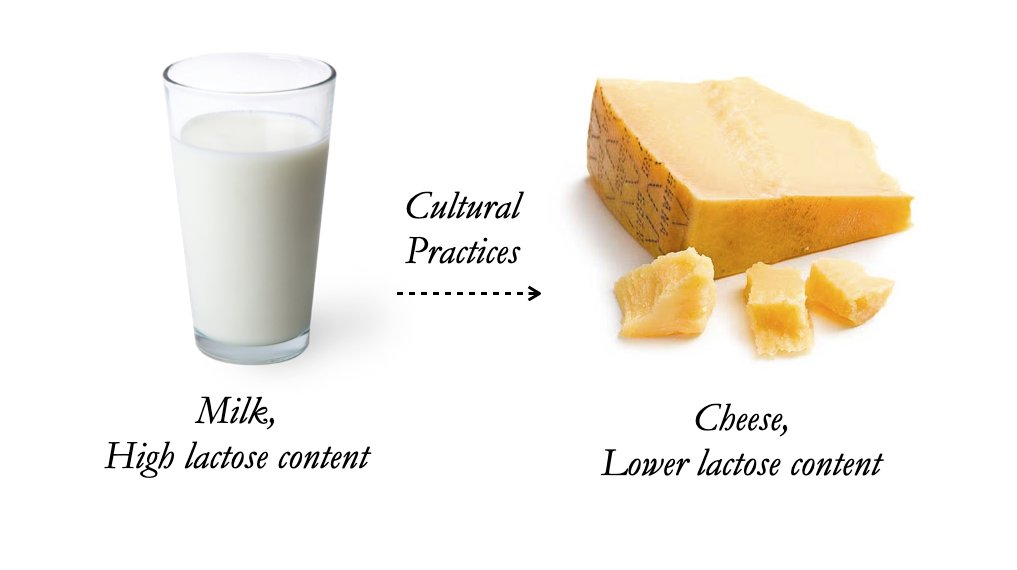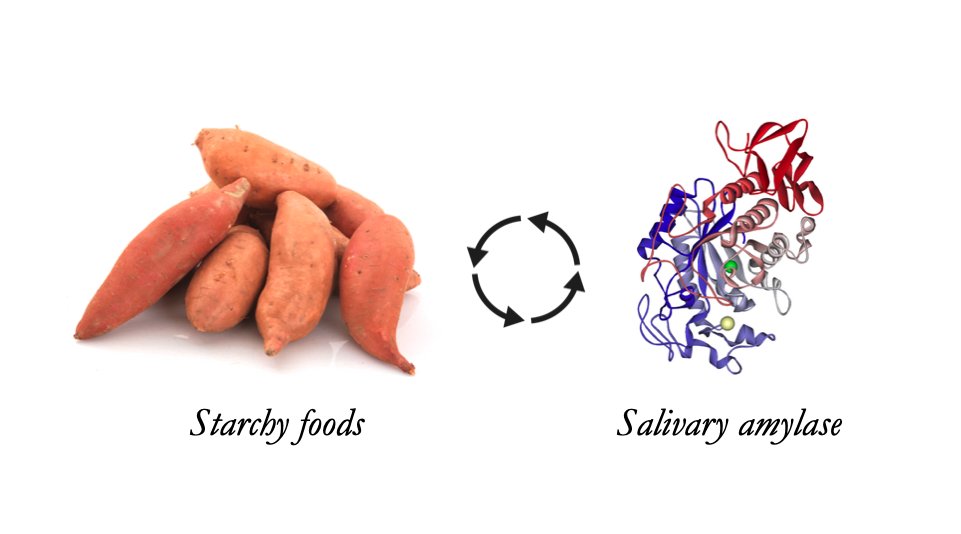Culture can evolve rapidly, much faster than genes. Due to this, cultural changes can create new environments that in turn shape our genes. This is called “culture-gene coevolution” & there are some really cool examples of it in humans, especially when it comes to our diets. 1/
The classic example is “lactase persistence”. Most mammals can break down the sugar in milk — lactose — using an enzyme called lactase. But, in most species, this enzyme goes away around the time they stop nursing. Why is it that a third of adult humans can still digest milk? 2/
The answer is culture. In some "hot spots", people started herding animals. This opened up a new resource: animal milk. In at least 2 events, mutations that let people keep producing lactase were selected for. The variant in the Middle East is likely due to camel milk  https://abs.twimg.com/emoji/v2/... draggable="false" alt="🐫" title="Trampeltier" aria-label="Emoji: Trampeltier"> 3/
https://abs.twimg.com/emoji/v2/... draggable="false" alt="🐫" title="Trampeltier" aria-label="Emoji: Trampeltier"> 3/
A note here, however, that in addition to genetic solutions like lactase persistence, there are also cultural solutions to the lactose issue! Many cultures turn milk into cheese or yogurt, which lessens the issue by using bacteria to digest some of the lactose for us. 4/
Another cool example is domesticated starchy foods & amylase, an enzyme that breaks down starch. Amylase can be found in our saliva, which starts digesting food before we swallow. Cultures with starch-rich diets have multiple copies of the gene (AMY1) that makes the enzyme. 5/

 Read on Twitter
Read on Twitter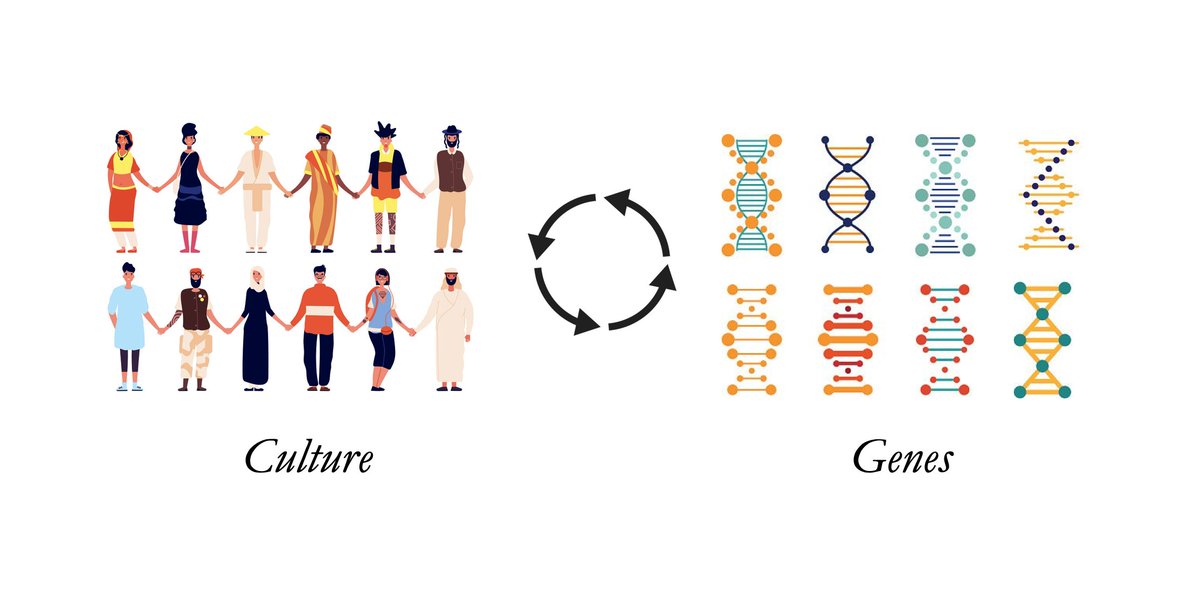
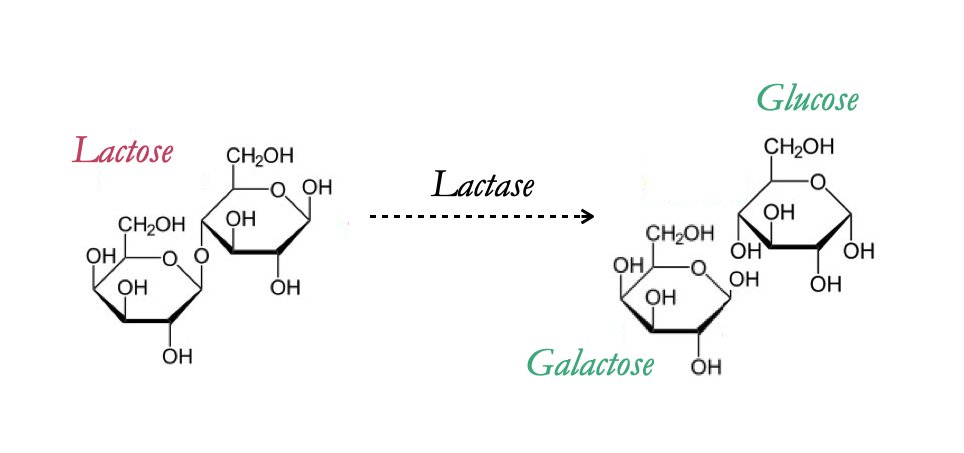
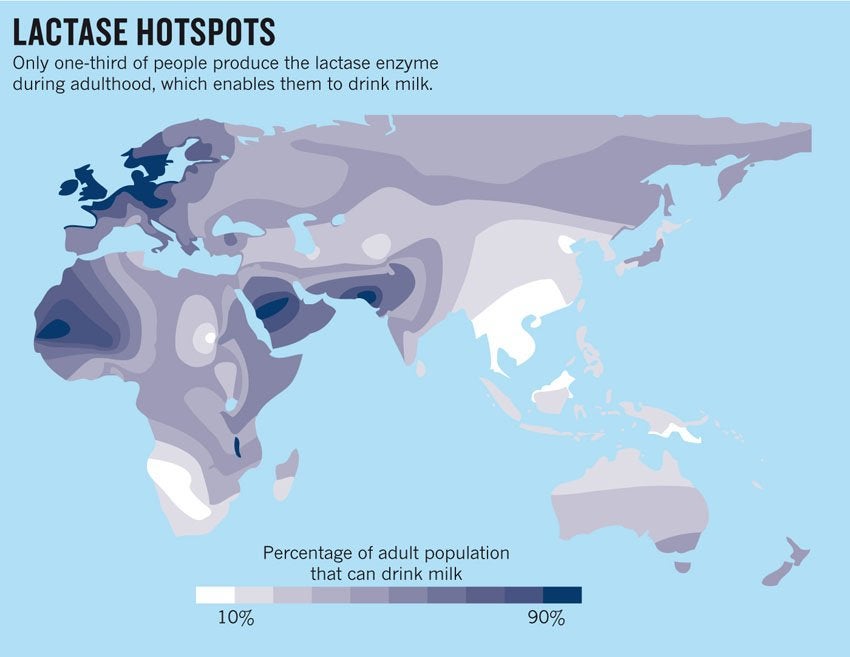 3/" title="The answer is culture. In some "hot spots", people started herding animals. This opened up a new resource: animal milk. In at least 2 events, mutations that let people keep producing lactase were selected for. The variant in the Middle East is likely due to camel milk https://abs.twimg.com/emoji/v2/... draggable="false" alt="🐫" title="Trampeltier" aria-label="Emoji: Trampeltier"> 3/" class="img-responsive" style="max-width:100%;"/>
3/" title="The answer is culture. In some "hot spots", people started herding animals. This opened up a new resource: animal milk. In at least 2 events, mutations that let people keep producing lactase were selected for. The variant in the Middle East is likely due to camel milk https://abs.twimg.com/emoji/v2/... draggable="false" alt="🐫" title="Trampeltier" aria-label="Emoji: Trampeltier"> 3/" class="img-responsive" style="max-width:100%;"/>
